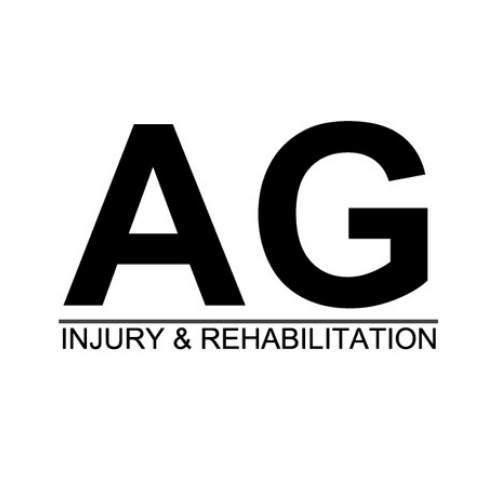
Osteoarthritis, or OA, is the most common cause of physical disability in older adults. It can also be described as wear and tear, or called degenerative joint disease. The shoulder is a joint commonly affected by the condition.
A joint is where two bones meet. These contacting areas of bone are covered with a tissue called cartilage. It’s smooth design with no nerve supply, allows low friction, pain free movement of the joint.
OA occurs when this cartilage starts to break down. It can wear significantly enough to expose the roughened surfaces of bone beneath, becoming stiff and painful.
There are various reasons why you might develop osteoarthritis. Women are a little more likely to develop OA. Previous joint injury or structural abnormalities also increase your likelihood of developing the condition. Repetitive use of your shoulder in poor postures can increase the likelihood of developing shoulder OA in the future.
With some simple management, it is possible to significantly decrease your pain, improve your activity & function, and reduce your need for oral painkillers.
Exercise is key. The worst thing you could do by your shoulder is to stop using it. Address the activities that particularly provoke your symptoms. It may be necessary to temporarily cut back.
Manage your pain with pain killers. This will enable you to perform the necessary exercises to maintain the stability and movement of the joint.
Degeneration causes stiffness, so ensure you continue to move your shoulder through it’s entire range of movement.
The weaker the muscles, the more excess stresses and strains are placed on the cartilage. Keeping the muscles of your shoulder, upper back and trunk strong will help you to protect your joint.
Monitor your posture, holding your arm relaxed by your side with your shoulder blades gently pulled back. Whilst lying in bed, try to keep this same position with your arm. Using a pillow by your side can help to achieve this.
Finally, degenerative conditions have good days and bad days. Learning how to adapt on these days will help you to minimise the extent of your flare-up. Perform your gentler exercises on these days, and restrict yourself from doing things that you know will make your pain worse.
You can purchase one of our Shoulder OA rehabilitation programmes below, full of information about how best to get rid of your pain, become more active and get back to doing what you love to do!

